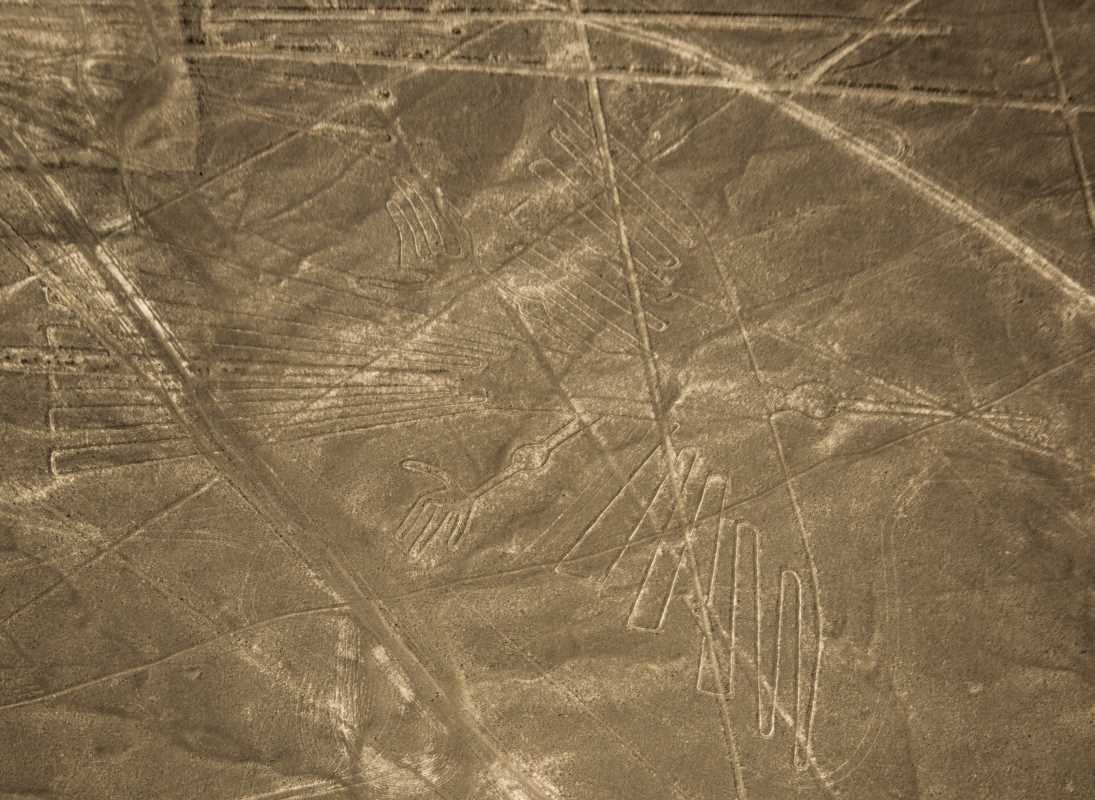The Most Mysterious Archaeological Discoveries Ever Made
History is full of riddles, and some of the most puzzling ones are buried beneath our feet. Ancient civilizations have left behind traces of their lives in the form of artifacts, monuments, and structures, many of which defy explanation. These mysterious discoveries give us glimpses of the past, but they also raise more questions than answers. Who built them? Why? How did they do it without modern technology? Some of these finds seem so advanced that they baffle even the experts. If you love a good mystery, you’re in for a treat. Here’s a look at some of the most fascinating archaeological discoveries that have kept historians, archaeologists, and curious minds scratching their heads for decades.
The Great Pyramids of Giza
We can’t talk about archaeological mysteries without mentioning the Great Pyramids. Built over 4,000 years ago, these massive structures in Egypt remain one of the biggest enigmas of the ancient world. At nearly 500 feet tall, the Great Pyramid of Giza was the tallest man-made structure on Earth for over 3,800 years. The precision of its construction is mind-blowing, with some blocks weighing up to 80 tons and fitted together so tightly that you couldn’t slide a sheet of paper between them.
The burning question is how an ancient society could pull off such a feat without modern tools or machinery. Some historians believe they used ramps, pulleys, and enormous amounts of manpower. Others argue there might be methods or technologies that have been lost to time. And then there are the more far-out theories involving aliens, though most experts don’t take those seriously. No matter the explanation, the pyramids are a testament to the mysteries of human ingenuity.
The Nazca Lines
Flying over Peru’s Nazca Desert, you might catch a glimpse of enormous drawings carved into the earth. Known as the Nazca Lines, these massive geoglyphs depict animals, plants, and geometric shapes. They’re incredibly large, with some figures stretching over 1,200 feet, and they can only be fully appreciated from the air. The mystery comes in the fact that scholars aren’t quite sure why they were made.
The Nazca people created these lines over 2,000 years ago. Some believe they were sacred pathways or part of rituals to honor their gods. Others think they might be an ancient astronomical calendar, helping the Nazca track the stars or predict seasons. Lacking written records, we may never know the full truth. But there’s no denying their precision and size make them a fascinating puzzle.
The Terracotta Army
Unearthed in 1974 by farmers in Xi’an, China, the Terracotta Army is one of the greatest discoveries from ancient China. This stunning collection includes thousands of life-sized clay soldiers, horses, and chariots buried near the tomb of China’s first emperor, Qin Shi Huang, over 2,200 years ago. Each statue has unique facial expressions, hairstyles, and armor.
What’s mysterious is the scale of the project and the concepts behind it. Why create such an elaborate army to guard the emperor’s tomb? Historians believe it was meant to protect him in the afterlife, but we still don’t know much about how it was made. The main tomb remains unopened due to concerns about preserving its contents, adding another layer of mystery to this remarkable site.
Gobekli Tepe
Older than the Egyptian pyramids or Stonehenge, Gobekli Tepe in modern-day Turkey has turned our understanding of early human societies upside down. Discovered in the 1990s, this site dates back about 11,000 years to a time before farming or written language. Yet, it features massive stone pillars arranged in circular formations, many of which are covered in intricate carvings of animals and abstract symbols.
What’s so mysterious about Gobekli Tepe is its purpose. Was it a temple, a meeting place, or something else entirely? It’s strange to think hunter-gatherers built such a monumental site without the benefits of agriculture or complex social hierarchies. Some researchers even argue it could mark the beginning of organized religion. With so much we don’t know about this site, it feels like we’re only scratching the surface.
The Antikythera Mechanism
Dubbed the world’s first computer, the Antikythera Mechanism is a truly jaw-dropping discovery. Found in a 2,000-year-old shipwreck off the coast of Greece in 1901, this ancient device is made of bronze gears and looks remarkably sophisticated. It was used to track the movements of planets and stars, predict eclipses, and even mark events like the Olympic Games.
What’s astonishing is how advanced this device is for its time. It’s nearly 1,500 years more advanced than anything comparable. The knowledge and skill required to create it seem out of place for ancient Greece, leading some to speculate about lost technological know-how. To this day, experts are still studying the mechanism to unlock all its secrets.
The Shroud of Turin
Few artifacts stir as much debate as the Shroud of Turin, a long piece of linen with the faint image of a man on it. Believed by many to be the burial cloth of Jesus Christ, it has been the subject of intense scientific and religious scrutiny. Radiocarbon dating in the late 1980s suggested the cloth dates to the Middle Ages, not the time of Jesus. Critics argue those tests may have sampled more recent repairs rather than the original linen, though.
The mystery of the shroud isn’t just about its age. The image on it is unlike any painting or drawing, and no one has figured out exactly how it was made. Was it a religious relic, a clever forgery, or something else? People have debated this fabric for centuries, and it doesn’t look like we’re any closer to an answer.
Stone Spheres of Costa Rica
Scattered across Costa Rica are hundreds of mysterious stone spheres, some small enough to hold in your hands and others weighing several tons. Carved by the ancient Diquís culture between 600 and 1000 CE, these perfectly round stones are a marvel of prehistoric craftsmanship.
Their puzzle lies in their purpose. Were they part of a ceremonial space? Markers for societal organization? Or did they have a more practical use, like mapping out territories? Without written records from the Diquís people, archaeologists are left to guess. What’s clear is that shaping these stones and transporting them across rough terrain must have taken serious effort.
These archaeological finds captivate us because they blur the line between what we know and what we don’t. They remind us of the limits of our understanding and the depth of history’s secrets. Every discovery creates more curiosity, pulling us deeper into the human story.
 (Image via
(Image via





